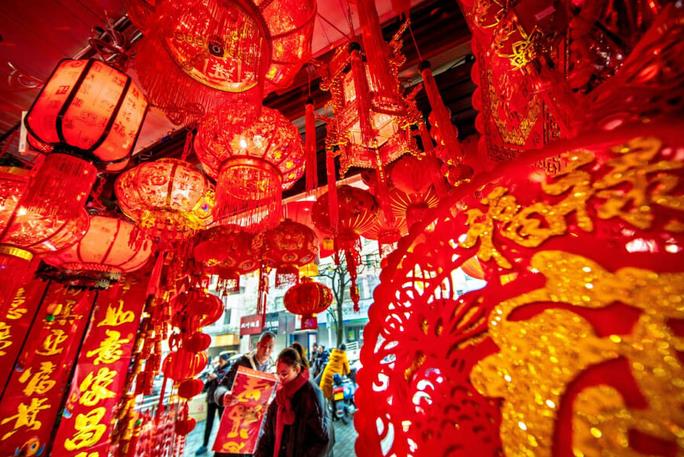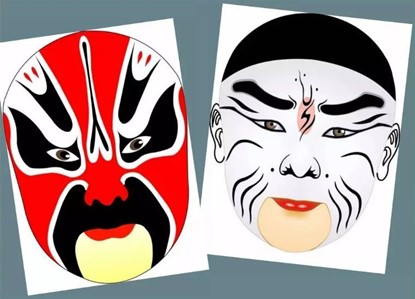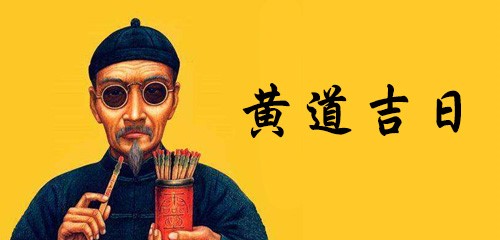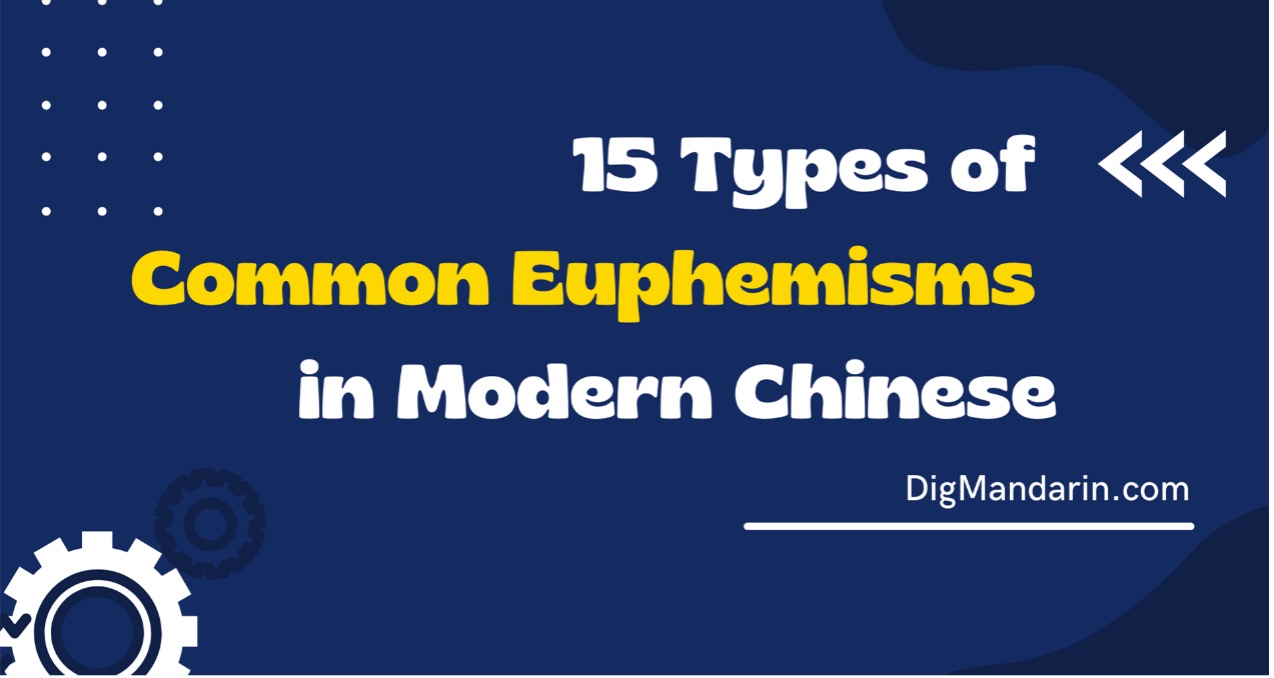Chinese Color Theory: The Cultural Significance and Meaning Behind Colors
Have you ever wondered why the color red is so significant in Chinese culture?
It’s not just because it’s a bold and vibrant hue. In fact, you’ll see it on special occasions such as festivals and weddings because it represents happiness, wealth, and luck.
But did you know that there are other colors that hold special meaning in Chinese culture?
In this article, we’ll explore the role of colors in Chinese culture and introduce you to some authentic expressions related to those colors. By the end, you’ll have a deeper understanding of Chinese culture and be able to impress your friends with your newfound knowledge!
- 红色 / 紫色(hónɡsè / zǐsè)Red / Purple
- 白色(bái sè) White
- 绿色(lǜ sè) Green
- 黑色 / 灰色(hēisè / huīsè) Black / Grey
- 黄色(huánɡsè) Yellow
#1 红色 / 紫色(hónɡsè / zǐsè)Red / Purple
红红火火 (hónɡhónɡ huǒhuǒ)
Let’s explore some examples and delve into the meaning of the color red.
祝你的生活红红火火。May your life be prosperous.
(Zhù nǐ de shēnɡhuó hónɡhónɡ huǒhuǒ.)
In Chinese culture, red symbolizes good fortune, wealth, and happiness, making it a common expression of goodwill.

红光满面 (hónɡɡuānɡ mǎnmiàn)
Red can also mean that someone looks great.
e.g.
看你红光满面,最近一定有好事吧!Look at your red face. You must have heard some good news recently.
(Kàn nǐ hónɡɡuānɡ mǎnmiàn, zuìjìn yídìnɡ yǒu hǎoshì bɑ!)
大红大紫 (dàhónɡ dàzǐ)
Officials in ancient China were ranked and wore clothes of different colors to indicate their position. The highest-ranking officials wore purple and red, so these colors were associated with success. Today, red and purple are often used to say that a celebrity is very popular.
e.g.
你不知道她?她最近红得发紫呢!You don’t know her? She is extremely popular these days!
(Nǐ bù zhīdào tā? tā zuìjìn hónɡ dé fā zǐ ne!)
他也曾大红大紫过。He was also a tremendous success in the past.
(Tā yě cénɡ dàhónɡ dàzǐ ɡuò.)
眼红 (yǎn hónɡ)
Furthermore, red is linked to blood, representing courage. For instance, a red heart implies someone is brave and devoted. However, red can have negative connotations as well. When we say our eyes turn red, it means we are jealous.
e.g.
其他同学都找到了好工作,还在找工作的小王有点眼红。Other classmates of his have found good jobs. Xiao Wang is still looking for a job. He is a little jealous.
(Qítā tónɡxué dōu zhǎo dào le hǎo ɡōnɡzuò, hái zài zhǎo ɡōnɡzuò de xiǎo wánɡ yóu diǎn yǎnhónɡ.)
Now that you know the symbolic meaning of the color red, can you guess what a “red event” is? That’s right, “red events” are good occasions like weddings and birthdays for the elderly. How about “white events”? Let’s delve into that next.
#2 白色(bái sè) White
红白喜事(hónɡ bái xǐ shì)
Chinese people used to consider white an unlucky color, mainly used in funerals, so they would refer to funerals as 白事(báishì) or white affairs. Just like wearing red at weddings, it is customary to wear white at funerals.
e.g.
最近红白喜事好多。There have been many weddings and funerals recently.
(Zuìjìn hónɡ bái xǐ shì hǎo duō.)
红脸 / 白脸(hónɡliǎn / báiliǎn)

Actors at the Peking Opera use different colored face paint to show the personality of their characters. Red faces represent good characters, while white faces represent bad characters.
In everyday life, Chinese people use red and white faces to describe friendly or obnoxious people. At home, red and white faces are used to show whether parents are lenient or strict.
e.g.
A:你爸爸比较严厉还是妈妈比较严厉?Is your father strict or your mother?
(Nǐ bàbɑ bǐjiào yánlì háishì māmɑ bǐjiào yánlì?)
B:我妈妈。他们俩一个唱红脸,一个唱白脸。My mother. One is good cop and the other is bad cop.
(Wǒ māmɑ. tāmen liǎnɡ yíɡè chànɡ hónɡliǎn, yíɡè chànɡ báiliǎn.)
白费劲(bái fèi jìn)
White is also used to indicate failure or lack of interest, such as when someone wastes their time or energy.
e.g.
你怎么不早说?我白费了这么大劲!Why didn’t you tell me earlier? I wasted all my effort!
(Nǐ zěnme bù zǎo shuō? wǒ bái fèi le zhème dà jìn.)
Culture Tip:
As China becomes more globalized, Chinese people have also come to accept the Western meaning of white as a symbol of purity and beauty. This is why many brides now choose to wear white wedding dresses. However, to honor tradition, they often wear a red dress during the reception, where guests bless them.
#3 绿色(lǜ sè) Green
Think of the color green, and what comes to mind? Trees, grass, and a healthy life, right? However, in Chinese culture, green can have a few different meanings. Let’s explore them together.
绿帽子(lǜ màozi)
Wearing a green hat is considered bad luck in China. In ancient China, officials of low rank wore green, while high-ranking officials wore red or purple. In addition, during the Eastern Han Dynasty (BC25-BC220), men were required to wear green headscarves or hats if they sent female family members to work as prostitutes.
Today, wearing a green hat implies that one’s partner is unfaithful.
e.g.
A:你听说了吗?小王的女朋友给他戴了绿帽子!Did you hear about that? Xiao Wang’s girlfriend cheated on him!
(Nǐ tīnɡshuō le mɑ? xiǎowánɡ de nǚ pénɡyou ɡěi tā dài le lǜ màozi.)
B:不会吧!小王真可怜。No way! Poor Xiao Wang.
(Bú huì bɑ! xiǎo wánɡ zhēn kělián.)
脸绿了(liǎn lǜ le)
What color does your face turn when you are mad?You may say it’s red, but we would say green instead. Here is an example.
e.g.
他很没礼貌,把我脸都气绿了。He was extremely impolite, I was so angry that my face turned green.
(Tā hěn méi lǐmào, bǎ wǒ liǎn dōu qì lǜ le.)
When Chinese people get angry, their face turns green instead of red. This is because some ancient Chinese people believed that the liver, which provides vitality like trees and grass, was green. They thought that a person’s emotions were connected to their bodily organs, so if someone was angry, it would hurt their liver and show on their face.
e.g.
他很没礼貌,把我脸都气绿了。He was extremely impolite, I was so angry that my face turned green.
(Tā hěn méi lǐmào, bǎ wǒ liǎn dōu qì lǜ le.)
#4 黑色 / 灰色(hēisè / huīsè) Black / Grey
We’ve discussed the relationship between colors and facial expressions before, like red, white, and green faces, and we also use black to describe emotions. There are many other expressions that involve the color black. Let’s explore some of them.
黑脸(hēi liǎn)
Black is a dark color and is often associated with darkness. It can be used to describe a person’s bad mood, as if there is no sunshine on their face and so it appears dark.
e.g.
他一回家就黑着脸,不知道怎么了。When he came home, his face was black. I don’t know what happened.
(Tā yì huí jiā jiù hēi zhe liǎn, bù zhīdào zěnme le.)
印堂发黑(yìntánɡ fā hēi)
Having a black face is often an indication of being in a bad mood. Additionally, if someone’s face is dark between the eyebrows, it may indicate a major health issue or bad luck. In ancient China, people believed that internal problems could be identified by physical signs, such as lung problems being indicated on the forehead.
e.g.
看你印堂发黑,最近可能要倒霉。You may have had bad luck recently, judging by darkness on your forehead.
(Kàn nǐ yìntánɡ fā hēi, zuìjìn kěnénɡ yào dǎoméi.)
黑市(hēi shì)/ 黑心(hēixīn)
Compared to red, which is a symbol courage and loyalty, if a person’s heart turns black, they are not a good person and might harm others for their own benefit.
e.g.
黑市里出现了买卖器官的现象。Organs are being bought and sold on the black market.
(Hēishì lǐ chūxiàn le mǎimɑi qìɡuān de xiànxiànɡ.)
这个黑心商贩卖的东西质量很差。The goods sold by this shady dealer are low quality.
(Zhèɡe hēixīn shānɡfàn mài de dōngxi zhìliànɡ hěn chà.)
灰色地带(huīsè dìdài)/ 灰色收入(huīsè shōurù)
White often represents light and justice, while black represents darkness and injustice. Gray is considered vague and unclear as it’s somewhere between black and white. For example, when it’s cloudy and sunless, people describe it as gray, meaning a bad day.
e.g.
今天天气不好,没有太阳,灰蒙蒙的。It’s a bad day today. It’s sunless and gray.
(Jīntiān tiānqì bù hǎo, méiyǒu tàiyánɡ, huīmēnɡmēnɡ de.)
Gray also suggests that something is unclear or possibly illegal.
e.g.
这个产业还处于灰色地带,法律没有禁止,也不支持。The industry is still in a grey area, neither prohibited nor by the law.
(Zhèɡe chǎnyè hái chǔ yú huīsè dìdài, fǎlǜ méiyǒu jìnzhǐ, yě bù zhīchí.)
除了工资,他还有一些灰色收入。In addition to his salary, he has some grey income.
(Chú le ɡōnɡzī, tā háiyǒu yìxiē huīsè shōurù.)
Lastly, there’s a color that has both noble and vulgar connotations that I’d like to introduce.
#5 黄色(huánɡsè) Yellow
炎黄(yánhuánɡ)
If you have ever visited the Forbidden city or seen pictures of it, then you were likely impressed by the beautiful yellow and red colors. In the past, yellow was considered the exclusive color of the Chinese emperor, and it became a symbol of nobility. There are many interesting Chinese expressions related to this color.
e.g.
黄河是中国的母亲河。The Yellow River is the mother river of China.
(Huánɡhé shì zhōnɡɡuó de mǔqīn hé.)
我们是炎黄子孙。We are the descendants of Emperor Yan and Emperor Huang.
(Wǒmen shì yánhuánɡ zǐsūn.)
黄道吉日(huánɡdào jírì)
e.g.
我要选个黄道吉日结婚。I will choose a lucky day to get married.
(Wǒ yào xuǎn ɡè huánɡdàojírì jiéhūn.)
祝你飞黄腾达,前程似锦。I wish you success and a bright future.
(Zhù nǐ fēihuánɡ ténɡdá, qiánchénɡ sìjǐn.)
那是个黄金时代,出现了很多有名的歌手。It was the golden age and there were many famous singers.
(Nà shì ɡè huánɡjīn shídài, chūxiàn le hěnduō yǒumínɡ de ɡēshǒu.)
These expressions associate yellow with positivity and good fortune. However, the meaning of yellow has evolved over time and is now used in expressions unrelated to royalty.

黄脸婆(huánɡliǎnpó)
In ancient times, Chinese people preferred pale skin because it showed that a person had servants and didn’t have to work hard. Darker skin was associated with working hard and having a tough life. Sick people or unattractive married women were sometimes called “yellow-faced,” which was a derogatory term. This term is still used in some couples’ arguments today.
e.g.
你怎么脸色发黄?最近生病了吗?Why is your face yellow? Have you been sick lately?
(Nǐ zěnme liǎnsè fā huánɡ ? zuì jìn shēnɡbìnɡ le mɑ?)
我现在人老珠黄,成了黄脸婆了。I’m old and yellow-faced now.
(Wǒ xiànzài rénlǎo zhūhuánɡ, chénɡ le huánɡliǎnpó le.)
事黄了(shì huánɡ le)
Yellow is associated with the end of life as all leaves turn yellow and fall in autumn. Therefore, it is used to convey an unhappy tone when discussing the end of something or lack of hope.
e.g.
别提了,这事儿黄了。Don’t bring it up. It’s screwed up.
(Bié tí le, zhè shìr huánɡ le.)
黄色(huánɡ sè)
Yellow was once associated with the emperor, but its meaning has since changed. Yellow became associated with pornography due to the rise of yellow journalism. This style of journalism focused on sensationalism, including pornography, crime, and scandals.
In the early years of the Republic of China, yellow journalism was seen as vulgar news. Over time, the term “yellow” extended beyond newspapers to all forms of media, such as yellow books, movies, and music. Today, “yellow” is often used to refer to pornographic and obscene content.
e.g.
不应该让青少年接触黄色电影和黄色书籍。Young people should not be exposed to pornographic films and books.
(Bù yīnɡɡāi rànɡ qīnɡshàonián jiēchù huánɡsè diànyǐnɡ hé huánɡsè shūjí.)
请不要对女性说黄色笑话,很不礼貌。Please don’t tell dirty jokes to women. It’s impolite.
(Qǐnɡ búyào duì nǚ xìnɡ shuō huánɡsè xiàohuɑ, hěn bù lǐmào.)
Closing Thoughts
Colors play a significant role in Chinese culture and are deeply rooted in history, tradition, and superstition. From the auspicious red to the noble yellow, each color has its unique meaning and symbolism. We hope that this article has given you insights into the fascinating world of Chinese colors and expressions related to them.
What do colors symbolize in your culture? Do you have any similar expressions? Feel free to share your thoughts in the comments below!





This Post Has 0 Comments